Yamaha has a new YZF-R1 variant to offer the sport bike market. Enter the YZF-R1S, what people are already endearingly calling “the poor man’s R1”—set at an MSRP of $1500 less than the 2015 YZF-R1. It’s more accessible and more affordable for street riders who chase superbike performance without the disposable incomes, ambitions, and certain skill sets required in order to maintain a track-oriented lifestyle pushing an ultralight race bike to its fullest potential.
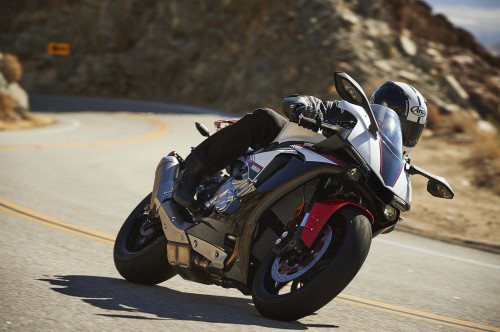
2016 Yamaha YZF-R1S
The 2015 YZF-R1 and the crazier, racier R1M were introduced by Yamaha, bringing these Japanese sport bikes to the market with advanced electronics that could rival those developed by European manufacturers. When some other sport bikes are made for the road and can do just as well on the track, Yamaha made race ready bikes for the track—polishing them off for use on the road. The new R1s come with recent technologies directly trickled down from Yamaha’s MotoGP prototypes.
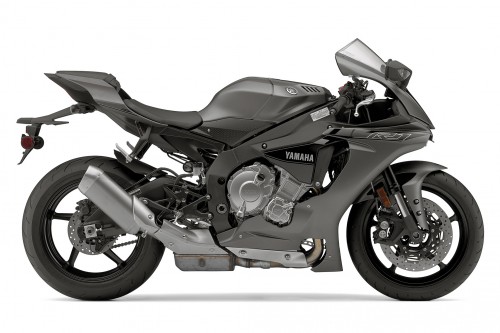
2016 Yamaha YZF-R1S
The new R1’s electronic adjustments seemed endless with combinations between their Traction Control, Slide Control, Launch Control, Quick Shift, ABS, and Lift Control systems. Also utilised was Yamaha’s Unified Brake System for street riding, in which sensors can apply rear braking when front brakes are engaged. The R1M came with Öhlins Electronic Racing Suspension—making adjustments in milliseconds for hard circuit riding, carbon fiber bodywork, and a Communication Control Unit along with other bells and whistles fit for a $21,990 limited edition racer.
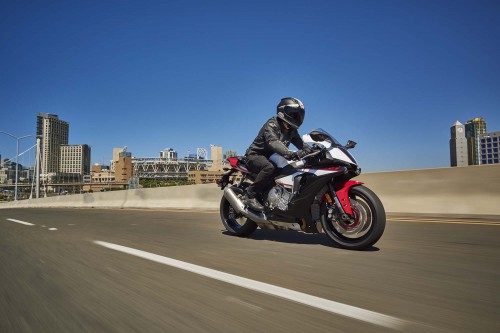
2016 Yamaha YZF-R1S
Smoke Euro LED Flush Mount Turn Signal for YAMAHA YZF R1 R6 R6S 2006 2007 2008
The third R1 model was speculated on ever since Yamaha patented the YZF-R1S in late 2014 with the unveiling of their new lineup. Certification documents from the California Air Resources Board further confirmed its existence. Yamaha has recently announced that the cheaper of the three R1 superbness will be available as soon as February 2016.
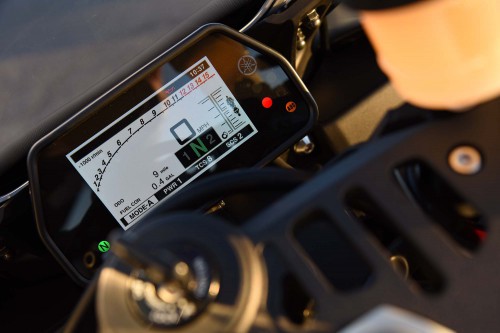
2016 Yamaha YZF-R1S
How did Yamaha shave off the price of an R1 for the 2016 R1S? The R1S retains the six-axis Inertial Measurement Unit and electronic suite of rider aids, as well as the R1’s suspension. There’s hardly a difference in terms of technological offerings. Even aesthetically, there is no badging to indicate the S model. There is, however, an exclusive paint scheme. Aside from a shared schemes with the R1, there is the Intensity White-Raven-Rapid Red theme available only for the R1S.
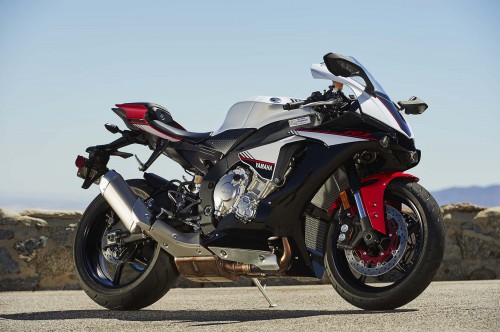
2016 Yamaha YZF-R1S
With less cost, there is less power and additional weight. The R1S switches out the R1’s magnesium parts for aluminum, including its wheels and engine covers. The R1’s titanium connecting rods and exhaust headers become steel on the R1S, but the latter keeps the titanium muffler. Revised valves also contribute to the power loss, and these factors brings the redline down from 14000rpm to 12500. In the end, the R1S has an effectively detuned version of the 998cc inline-four crossplane engine, but will still be a high-output exciting ride. Representatives of Yamaha cite that the torque remains the same. Tires are less track oriented and more street savvy with Yamaha trading in the R1’s Bridgestone Battlax RS10 with Bridgestone S20 tires for the R1S. Quick shift is optional on the R1S.
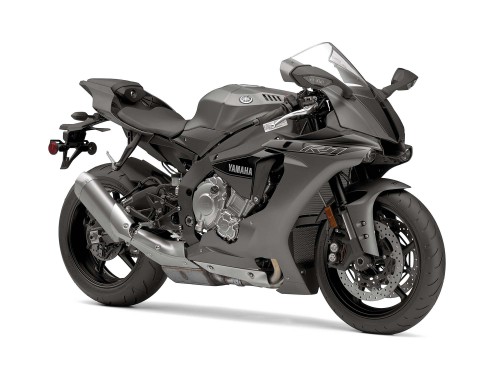
2016 Yamaha YZF-R1S
Whether the YZF-R1S’ release is a lucrative move on Yamaha’s part, time will tell. It probably will be, especially for the constantly growing market of younger, ballsy canyon carvers, and commuters that this machine considers. It tones down the intimidating power and price of a full-blown race bike, while still packing a punch—keeping the newest state-of-the-art features in modern motorcycle technology.
Yamaha YZF R1 R6 FZ1 FZ8 FZ6 FJR1300 Real 3k Carbon Fiber Fuel Tank Cap Filler Cover Pad

